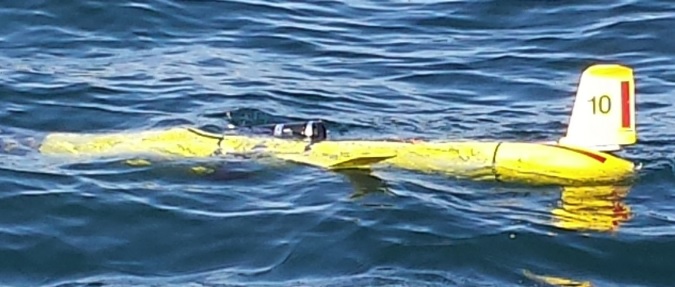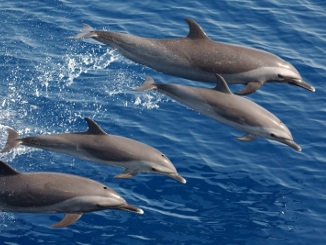Today, NOAA released its final Ocean Noise Strategy Roadmap, which will guide the agency in more effectively and comprehensively managing ocean noise effects on marine life during the next decade.

Sound is critical for the survival of many marine animals. It’s a primary means of communication, orientation and navigation, finding food, avoiding predators, and mate selection. Ocean noise can be caused by natural or human sources.
“Sustainability and resiliency of marine resources are important to NOAA,” said Eileen Sobeck, assistant NOAA administrator for fisheries, “and we knew we had to have a vision for understanding and addressing how growing levels of ocean noise are affecting marine animals and their habitats in complex ways, and the roadmap provides that.”
 The roadmap will serve as a guide across NOAA, reviewing the status of the science on ocean noise and informing next steps. NOAA is already taking on some of these recommendations, such as the recent launch of an underwater network of acoustic monitoring sensors. The roadmap suggests key roles for continuing partnerships and starting new ones with other federal agencies, industries, academic researchers, environmental advocates and others.
The roadmap will serve as a guide across NOAA, reviewing the status of the science on ocean noise and informing next steps. NOAA is already taking on some of these recommendations, such as the recent launch of an underwater network of acoustic monitoring sensors. The roadmap suggests key roles for continuing partnerships and starting new ones with other federal agencies, industries, academic researchers, environmental advocates and others.
“NOAA’s ocean noise strategy outlines several approaches that we can take with other federal and non-federal partners to reduce how noise affects the species and places we manage,” said W. Russell Callender, assistant NOAA administrator for its National Ocean Service. “It also showcases the importance that places like national marine sanctuaries have as sentinel sites in building our understanding of ocean noise impacts.”
NOAA received more than 85,000 responses during public comment on the draft roadmap, and experts improved the final version based on this input. The roadmap will guide the agency on next steps it will take to address ocean noise. Stakeholders will have a chance to weigh in, where appropriate.
“NOAA has the scientific and technical expertise to assess what’s happening with ocean noise, help identify gaps in knowledge, and use various tools to alleviate or mitigate its effects,” said Richard Merrick, NOAA Fisheries’ chief scientist. “Our approach looks for creative and wide-ranging solutions to ensure the agency is effectively understanding and addressing how ocean noise affects the resources placed in our trust in the coming decade.”
This roadmap comes just a month after NOAA Fisheries released its final acoustic guidance to better predict how man made underwater sounds affect marine mammal hearing. The technical guidance is one example of a targeted action the roadmap recommends the agency conduct.
Contact:
Jennie Lyons, jennie.lyons@noaa.gov, 301-427-8013
